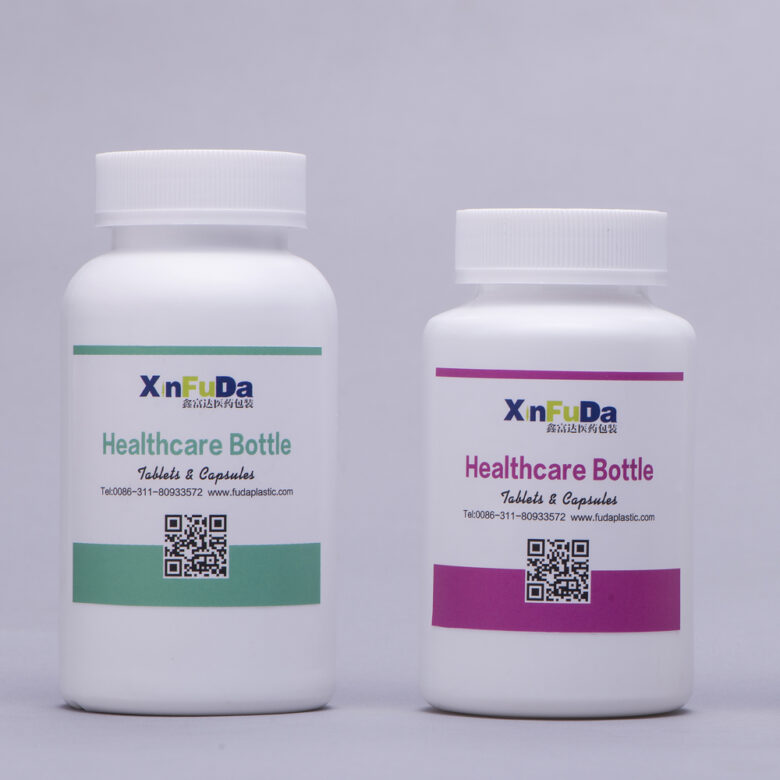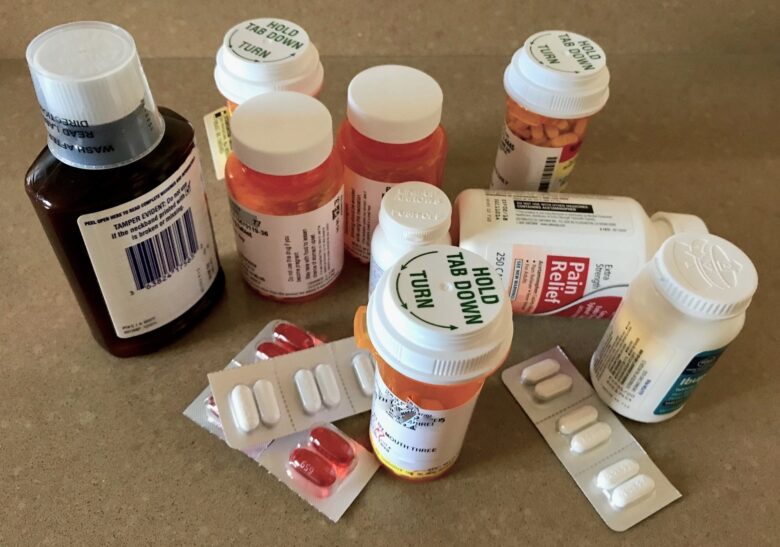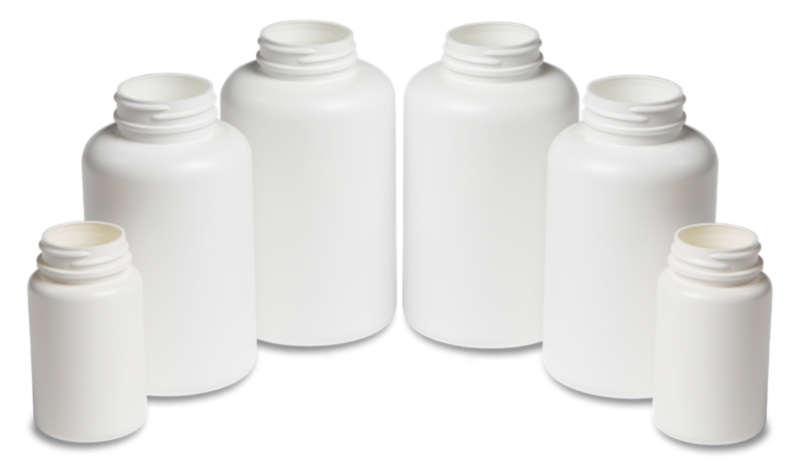Pharmaceutical packaging is continually evolving across the globe. As with majority of other packaged goods, pharmaceuticals necessitate speedy and reliable packaging solutions that convey a mix of security needs, quality, patient comfort, tamper evidence, and product protection. Consistent advancements in the pharmaceuticals, for example, blow fill seal (BFS) vials, PICVD (plasma impulse chemical vapor deposition) coating technology, unit dose vials, child-resistant packs, snap off ampoules, two-in-one prefilled vial design, and prefilled syringes directly affect the packaging.
Traditional materials such as metal and glass have several disadvantages as packaging materials. Non-flexibility, weight and fragility, high co-efficient of friction to resist fluid flow and high cost are few of the disadvantages faced. The old elastomer and glass closure systems might not give the efficient barrier properties required for high-value, life-saving treatments. Furthermore, recycling glass bottles necessitates washing chemicals and large amount of water, directly impacting environment and energy consumption.
Currently, several manufacturers are focusing on outsourcing their filling, closing, as well as packaging operations of legacy products to contract producers, which are often based in the emerging pharma markets such as India. Manufacturers need highly flexible equipment which can adapt to new packaging formats and products quickly.
Producers are replacing pharmaceutical glass bottles with plastic bottles as it gives similar aids as glass bottles and is not inclined to breakage making them an efficient substitute. Polyethylene terephthalate or PET is one of the popular type of plastics that has gained prominence in the last few decades and is been extensively utilized in the healthcare sector due to its quality standards and safety. They are easier to obtain and are lightweight and less cumbersome. This makes transit and shipping of pharmaceutical plastic bottles trouble-free.

It is generally utilized for packaging of liquid oral drug formulations and is a globally acknowledged form of plastic utilized in packaging for geriatric drugs and pediatric. Therefore, consistent increasing preference for plastic bottles over traditional glass bottles by pharmaceutical producers is essentially driving the revenue expansion of pharmaceutical plastic bottles market scenario.
According to a new study, Future Market Insights projects that the global pharmaceutical plastic bottles market is projected to grow at a CAGR of 5.7% over the projected time frame, 2018-2027. High in demand plastic forms comprises PVC, PP and HDPE, LDPE, and PET, the key aspect driving the implementation of pharmaceutical plastic bottles is the lightweight and unbreakable packaging solution they offer. Demand for pharmaceutical grade plastic bottles will continue to tread steadily in the future as well.
Decades ago, healthcare focused only on hospital care. At present, healthcare is revolved around the home – a circumstance that has to a great extent came about because of cost limitations and the presentation of maintenance-type drugs for treating chronic ailments, for example, multiple sclerosis, cancer, arthritis, along with other ailments that necessitate frequent medicine.
Drug manufacturing industries are preventing the penetration of counterfeit products in the sector and have channelized sizable investments in healthcare packaging production technology. Pharmaceutical plastic bottle suppliers operating and based in the US are focusing on offer advanced technology pharma packaging solutions for instance multi-extruded pharma plastic bottles which are generally adopted for particular bioengineering drugs.

The functionality of packaging, as well as performance, are the chief attributes for the future evolution of plastics in the pharmaceutical and healthcare sector. Usage of e-commerce trends is one of the most noteworthy trends which has driven the market in recent years. The growing pace of plastic recycling is laying foundations for sustainability. Plastics that are utilized in the production of pharma plastic bottles are reused to comply with the related regulatory norms. Pharmaceutical plastic bottles producers are highly favoring sales of plastic materials, for example, HDPE and PET, since these forms exceptionally recyclable.
Several guidelines and laws have already come into force worldwide to protect consumers from the danger of counterfeit drugs. Simultaneously, serialization could also be seen as a step towards digitization in the pharmaceutical sector. Producers and contract packers are encountering the challenge of implementing and selecting appropriate serialization technologies and linking them with their manufacturing and packaging processes. The safest alternative undoubtedly comprises a scalable software and machine concept that could also be adapted to regulatory changes across the world.
In the pharmaceutical sector, patient safety will remain the number one priority. Since, as an industry its mission is to prolong and save life. Like several other sectors, pharma has come under cumulative pressure in recent years to alter its practices in an attempt to help slow and avert global warming altogether. Therefore, packaging is a key field where pharmaceutical waste could be restricted however going green comes with its own challenges.
In an attempt to eradicate single-use and non-biodegradable plastics from the supply chain, more research is going on about bio-based PET. These are made from ethylene which is derived from sugarcane and has a negative carbon footprint. Researchers are now examining pioneering new technology on an industrial scale which changes over PET waste again into virgin grade material to be utilized again. In 2024, growing number of production facilities will employ new technologies such as progressions in 3D visualisation and RFID along with other tracking technologies that eradicate the requirement for numerous prototype designs and decrease wastage.

Having said that, growing demand for disposables and medical devices amid the ongoing pandemic, has made affordability a critical aspect. Owing to its low cost of plastics, its flexible nature, critical medical devices and disposables for instance face shields, ventilators and masks have become affordable.
Conclusion
Drug manufacturing industries are required to keep on working at near-normal or normal capacities despite the COVID-19 outbreak. Furthermore, they will keep on providing demand to a full scope of packaging products. Pharmaceutical plastic bottles adequately render a cost sparing benefit to all value chain members, including end-users, wholesalers, distributors, suppliers, and manufacturers – making a favorable market development landscape over the value chain. Design innovations for instance materials/substrates, coding, printing and graphics, 3D technology holograms, forensic markers, and mass encoding/trace and track technologies, extrusion blow molding, and injection blow molding along with other design options further allow comprehensive applicability and thereby drive the market growth of pharmaceutical plastic bottles.



